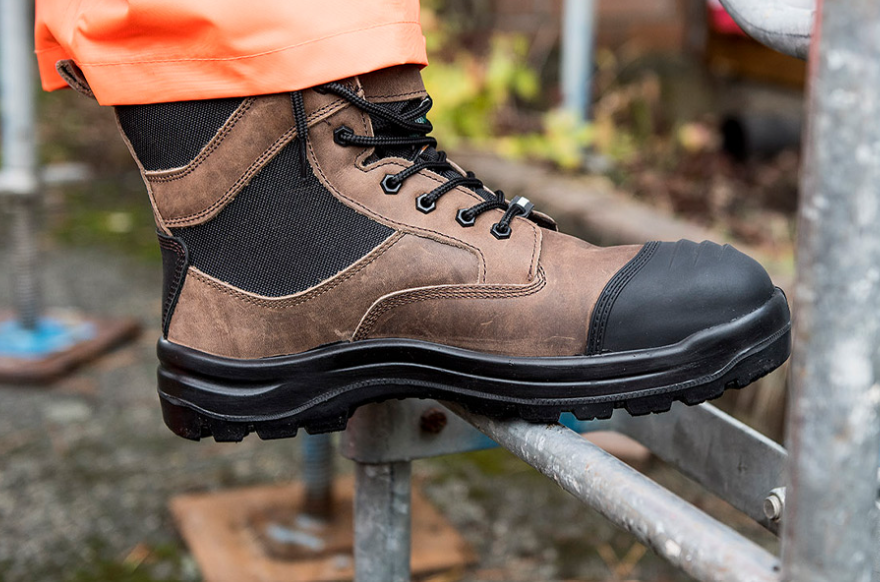The Hidden Dangers: Understanding Electrical Hazard Protective Footwear Standards
In our commitment to keeping you informed about the latest developments in health and safety, we bring your attention to a recent concern raised by the Health and Safety Executive (HSE) regarding the testing of boots to the American Standard ASTM F2412-18A. This standard, while widely used, contains limitations that might not be immediately apparent to the wearer, potentially leading to dangerous misconceptions about the level of protection provided. In this blog post, we will dissect the key points outlined by the HSE and provide you with actionable insights to ensure the safety of your workforce.
Understanding the Limitations
The ASTM Standard, often used as a benchmark for footwear safety, has limitations that must be acknowledged:
Restricted Working Environment: The standard represents a very limited working environment, not always specified on packaging or product instructions. This can mislead wearers about the extent of protection offered.
Electrical Hazards: Footwear tested under this standard is not suitable for live electrical working and has not been tested against direct current (DC) voltages.
Moisture Resistance: The standard lacks tests for wet or damp environments, meaning claims of waterproofing or water resistance should not be assumed.
Upper Vulnerability: The standard does not test the upper part of the footwear, potentially making it unsuitable for environments where direct ground contact is a risk.
Taking Action: Your Responsibilities
As per Regulation 2016/425 related to the design and manufacture of Personal Protective Equipment (PPE):
Category III Classification: Any PPE claiming protection against electrical shock falls under Category III, necessitating independent ongoing quality assurance by an approved/notified body.
Check Declaration of Conformity: Ensure the footwear's Declaration of Conformity includes assessment by an approved/notified body and look for the 4-digit number next to the UKCA/CE mark, identifying the responsible body for ongoing production control.
Review Risk Assessments: If you provide electrical hazard protective footwear to your workers, revisit your risk assessments to verify the suitability of the footwear for its intended purposes.
Additional Guidance and Resources
Office for Product Safety & Standards: Refer to their guidance for detailed information on safety standards and compliance.
Approved Body Verification: Always double-check the approved/notified body associated with the footwear.
British Safety Industry Federation: Stay updated with industry best practices and guidelines through this valuable resource.
At EB Safety Group , we prioritize your safety and well-being. It's essential to be aware of these nuances in safety standards to ensure the protection of your workforce. Stay vigilant, stay informed, and together, we can create a safer working environment for everyone involved.
The Full HSE Bulletin and information can be found here.

